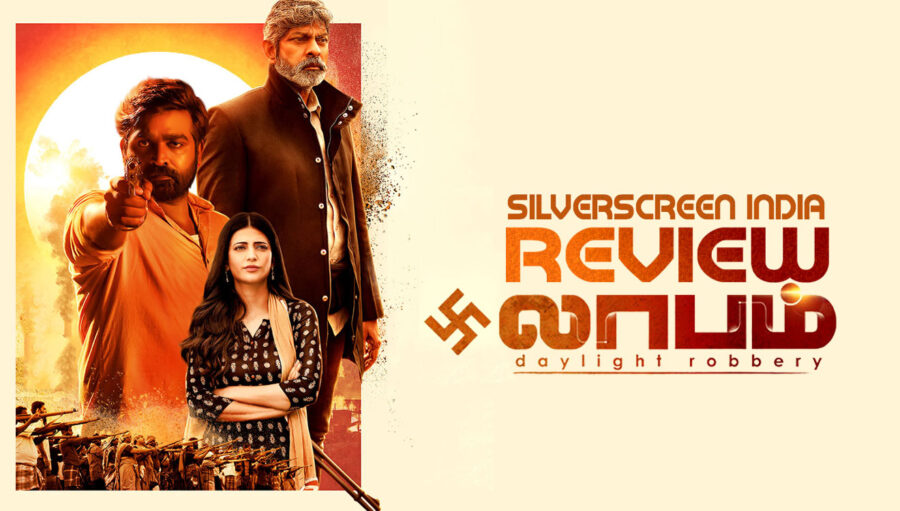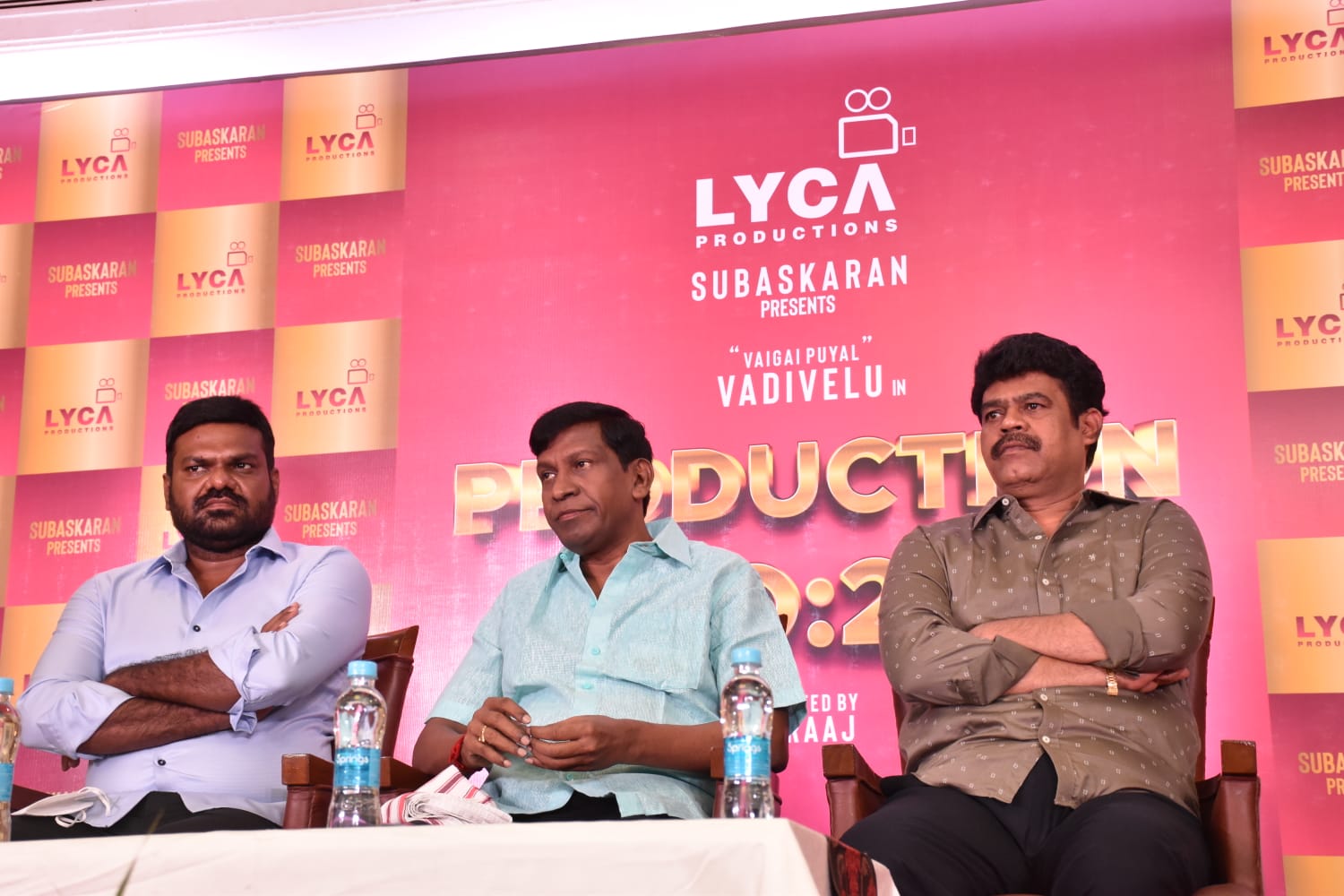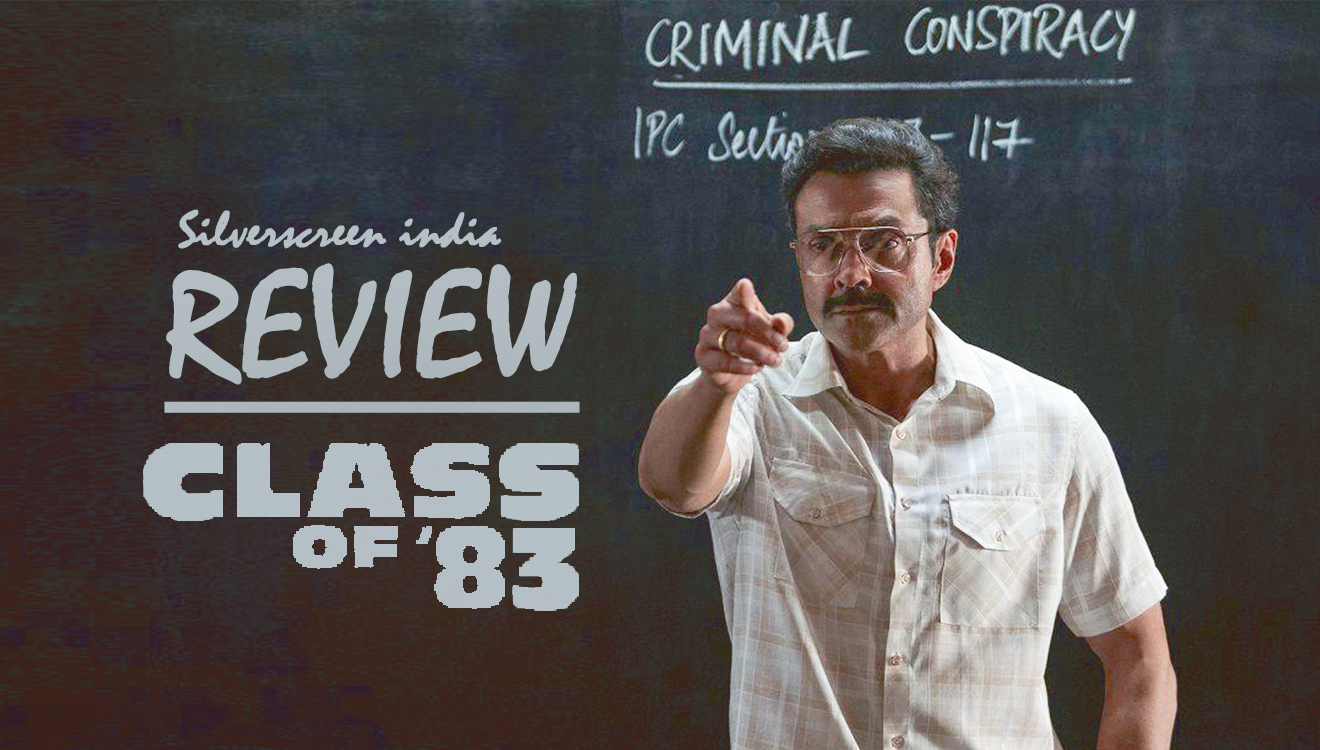Fifty five years after MGR first sang, “Enna valam illai indha thirunaatil, en kaiye yendha vendum velinaatil,” Laabam features Vijay Sethupathi framed in an unflatteringly similar fashion for a remix of the song by composer D Imman.
Later in the movie, the film’s primary villain, played by Jagapathi Babu, states that Sethupathi’s Pakkirisaami has political intentions, when the latter makes a move to control the pricing mechanisms of agriculture. Subsequently, one of the many sub villains flips to the other side and accepts Pakkiri as the best leader there can be. Then there is the typical matriarch in a village, who exists only to hail Pakkiri as a god.
This is your typical hero writing in Tamil cinema. But director SP Jananathan is not like other directors. His heroes are stripped to the bones. Their heroism lies in the choices they make and the actions they perform. This is true of Shaam in Iyarkai, Jeeva in E, Jayam Ravi in Peranmai, and any of the three characters in Purampokku.
Laabam is the closest the late director has come to making a hero-centric masala film and it is also his weakest.
Sethupathi’s Pakkiri has an opinion on how to use the stage, but he doesn’t share it with anyone. He loves to take questions and even encourages people to ask them, but no question ever stumps him. He is respecting of other people’s beliefs. But he also propounds his own relentlessly – sometimes subtly, but often loudly.
Laabam suffers from what I call the “Superman” problem. When your hero is so infallible, what can be a conflict truly worthy of him? And what of his character arc from the start to the end of the movie? When your hero is so good, your villain has to be even better.
Now the film has a villain in Babu’s Vanangamudi and an antagonist in capitalism with its insatiable greed for profit. It is important to distinguish the two because Pakkiri is not fighting a person but the system, as is made quite clear by his actions throughout. People are just stepping stones to Pakkiri in his attempt to establish his communist ideology through cooperative farming. But is communism actually winning vs capitalism in this universe?
I had other questions too. What was Sai Dhansika’s role supposed to be? Why is Shruti Haasan’s Clara so world famous? How did she build a Scooby Doo-esque Mystery Machine? Two hours and 24 minutes are not enough to get answers to these questions. Oh, and why is Jagapathi Babu always the go-to-capitalist villain?
It is ironic that a film which is essentially an exposition dump from start to finish, leaves one with so many questions.
Occasionally, Laabam attempts to show rather than tell and these moments stand out. Take, for instance, the scenes where Pakkiri takes a set of people through a sugarcane manufacturing plant. It illustrates why it is important for us to think of every step in the process.
Recommended
Other stand out scenes include the one of an old woman who gets mocked for praying. Pakkiri says, “Nammaloda arasiyal vera avangaloda nambikkai vera. Arivu vera aanmeegam vera.” It’s a small moment, but it humanises the ideology that Pakkiri embodies. And when Pakkiri talks about how labour is never taken into account when calculating profit and hence never gets its due, it stays with the audience.
It is hard to say how much this film suffered in post production after director SP Jananathan’s passing. However, the one thing from Laabam that will stay with me is a frame of Sethupathi’s Pakkiri, with his red shirt, standing atop an earthmover, talking to the people. That frame is what SP Jananathan has been about and hopefully, that is how we will remember him. Relentless, no-frills, and always humanistic. Au revoir, sir!
****
This Laabam review is a Silverscreen original article. It was not paid for or commissioned by anyone associated with the movie. Silverscreen.in and its writers do not have any commercial relationship with movies that are reviewed on the site.



